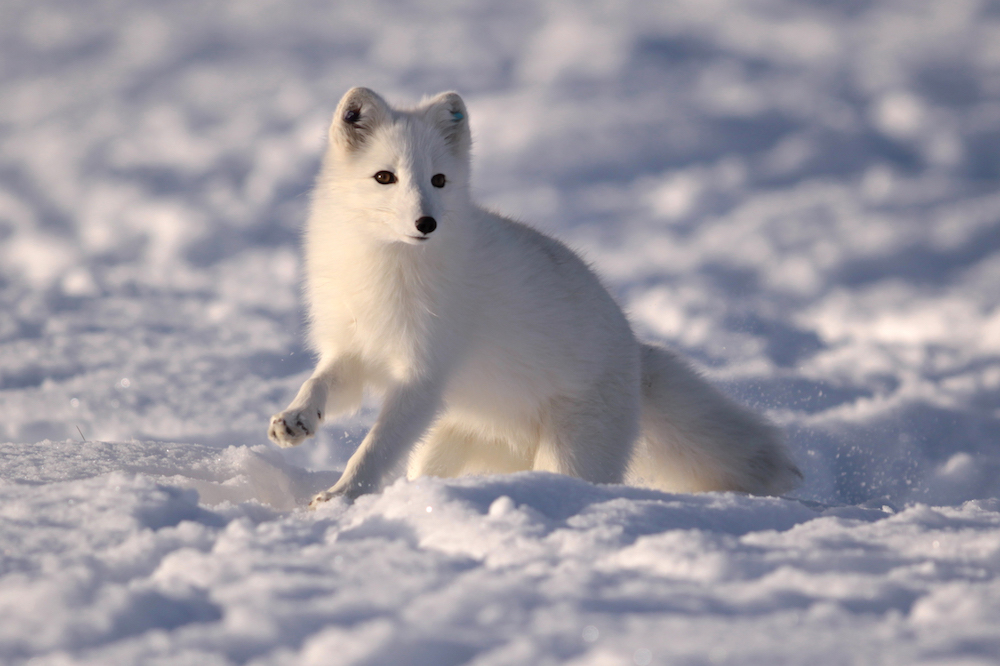Renewed EU funding will keep a Scandinavian Arctic fox program going
Almost wiped out by humans in Scandinavia, the Arctic fox faces new threats from common red foxes and, more recently, golden eagles.

Conservationists who have brought the Arctic fox in Norway and Sweden back from the brink of extinction will receive an additional €1 million ($1.1 million) from the European Union over the next three years to continue their efforts.
Although the Arctic fox is not considered to be threatened in other parts of the world, local populations in Scandinavia were close to being wiped out by intensive hunting that ended in 1928 in Sweden, later followed by a ban in Norway. After falling to perhaps as few as 40 individuals in the 1990s along the border between Norway and Sweden, the population is now at 350, according to the 2019 census. Conservationists, however, say a population of about 1,000 is needed before the species can be considered to be safely established.
In existence since 2014, the Felles fjellrev (or Arctic fox together) program, run by Stockholm University together with research outfits in Sweden, Norway and Finland, has previously received about half of the €4.4 million it has spent so far on re-establishment from the EU.
Its efforts have focused primarily on things like public outreach and reducing the number of common red foxes, an invasive species that is a better hunter and which preys on Arctic foxes. As the climate warms, Arctic foxes face a double whammy of habitat loss and increased competition from red foxes.
Other efforts, such as placing food depots, seek to help kits survive, while also luring groups to spread out across a wider area.
The latest round of funding will be used to deploy GPS technology that can provide biologists with information about Arctic foxes’ movement patterns.
[Rabies hounds Svalbard’s foxes, reindeer]
In addition, biologists say they will also seek to come up with ways to prevent golden eagles from preying on kits. The behavior is newly observed, and, rather than reducing eagle populations, biologist taking part in the program believe it can be reversed by building structures that make it impossible for eagles to attack.
Also being evaluated is whether to move Arctic foxes from the Arjeplog area, where populations have re-established themselves best, further north, where conservation efforts have been less successful.
Helping the species spread further north, according to Per-Anders Jonsson, the head of conservation for Sweden’s Norrbotten county, will also increase the likelihood that it comes into contact with non-threatened populations in Russia.